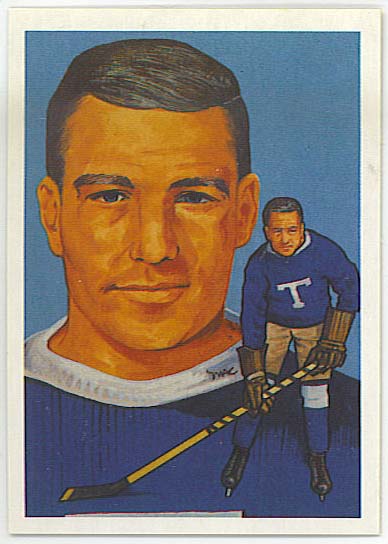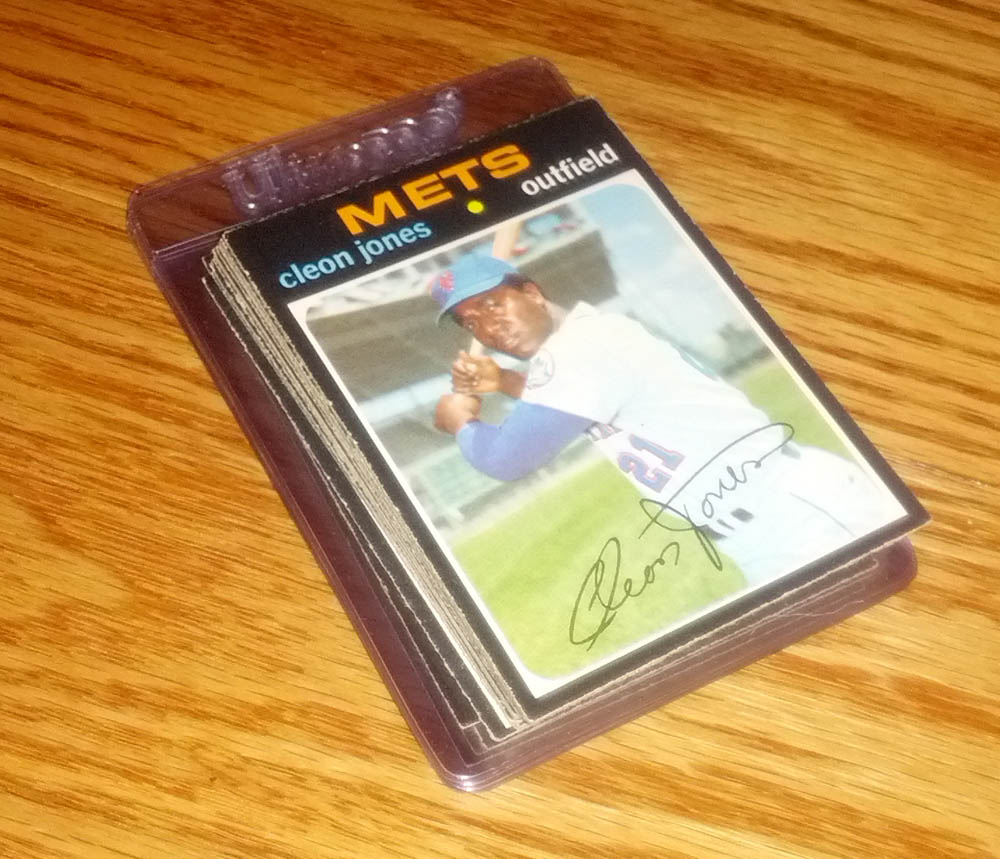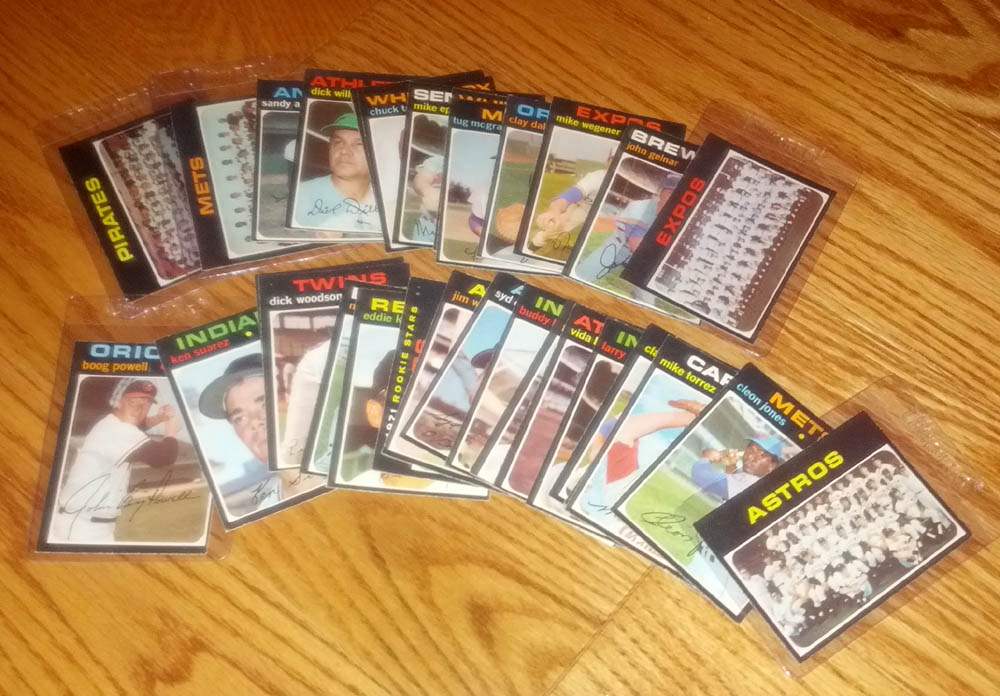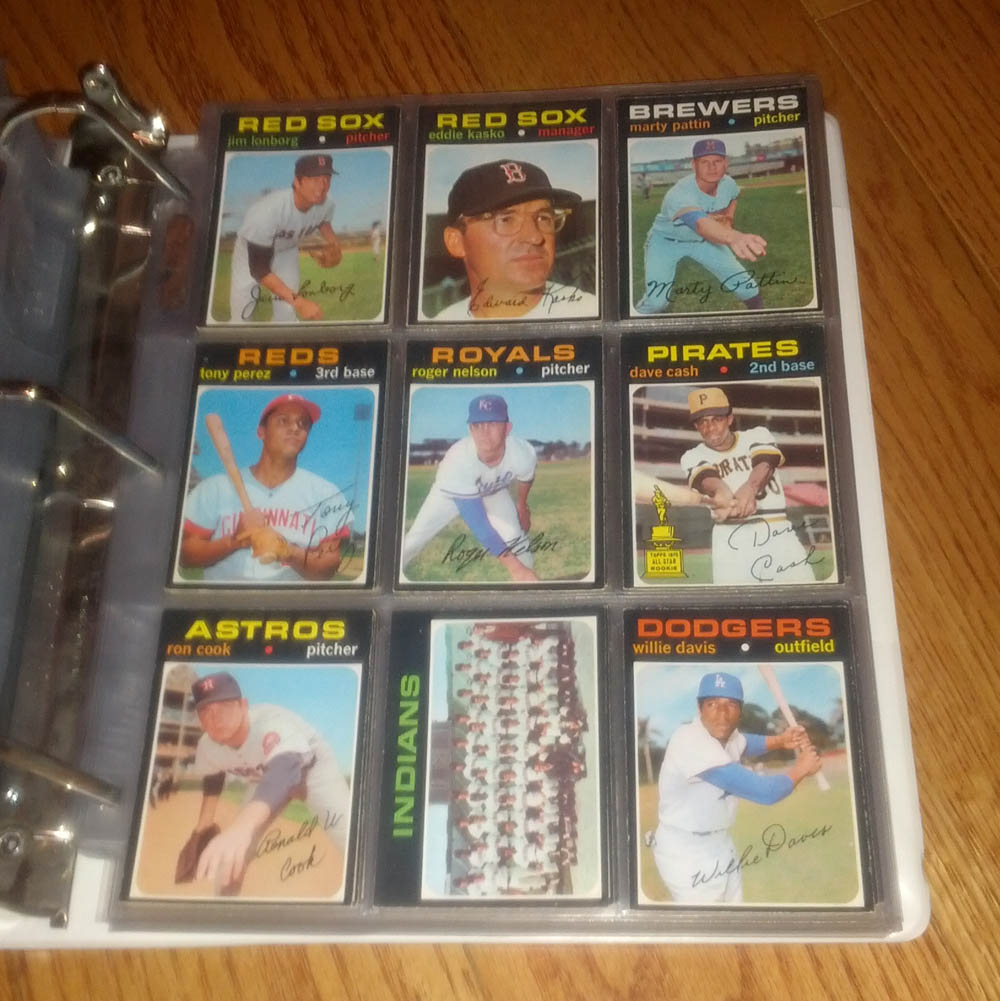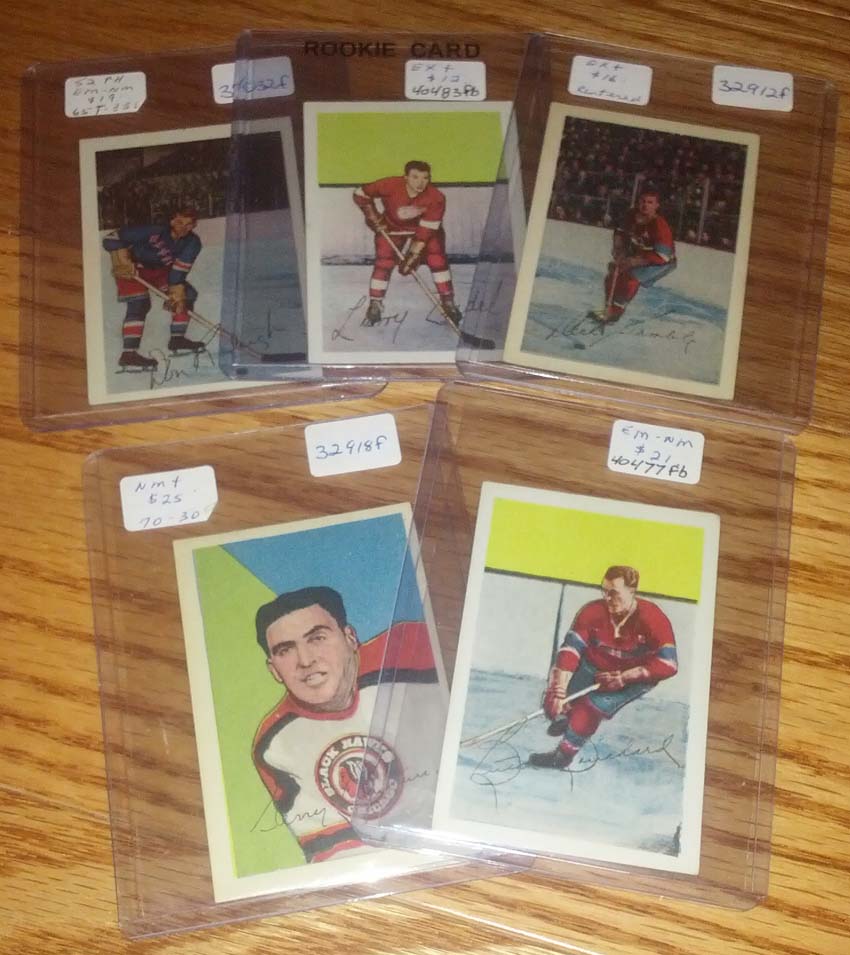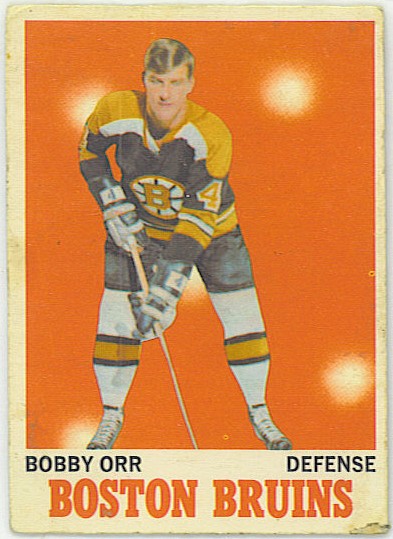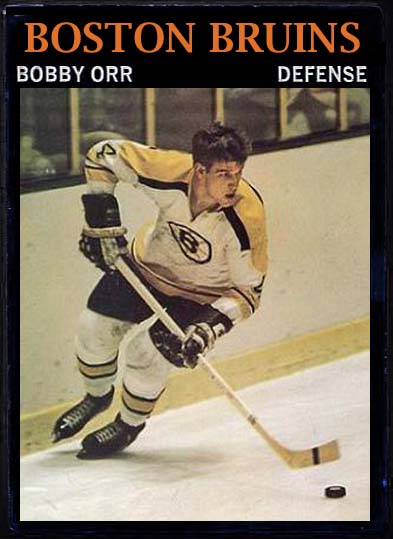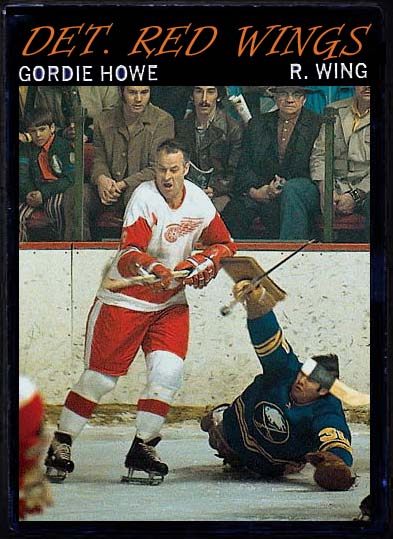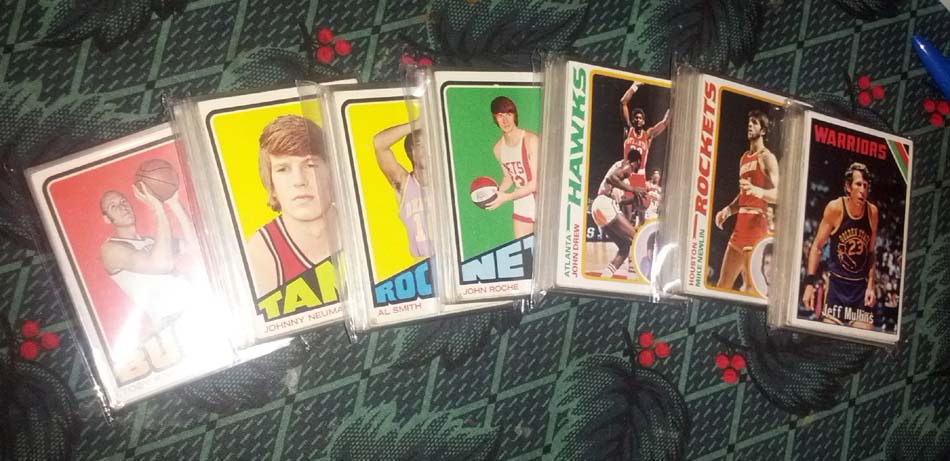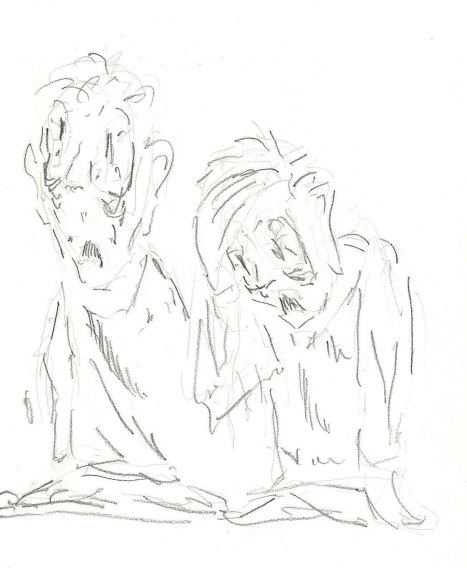
This is an old sketch from school days that I happened to have scanned. You can see the layers of lines built up as I felt around for the shape I wanted and then started to nail down the ones that landed where I wanted them.
When I was in fourth-year architecture, I took an elective course in multidimensional geometry. (Yes, I did this on purpose. It was a great course.)
In the opening lecture, the professor stood at the front of the class and asked us whether anyone could imagine an equilateral triangle with three right angles in it. Nobody could – it breaks all the rules about what triangles are. He then threw a transparency on the overhead (this was 1995 – ask your parents if you have no idea what an overhead was) that contained an image of the earth – a line was drawn along one line of longitude from the north pole to the equator (which meet at 90 degrees), then along the equator to another line of longitude 90 degrees from the first, then back up to the pole. Three identical curved lines meeting at right angles.
The sound of a roomful of minds being blown was distinctly audible.
The final exam for this course involved a series of ten mathematical proofs, all of which had to be made through drawing. No numbers were permitted in the answers. One example I happen to remember was that we needed to prove that one 3D-shape had 1/64th the volume of another. As exams go, it was kind of fun. I submitted it and left.
I happened to be back in the architecture building over the summer and was spotted and approached by the prof. He was quite animated.
“You have an EXTREMELY unusual way of solving problems!”
“Really?” (I was a little taken aback.)
“Every one of your answers, I’d look at it and think, ‘there’s no way this could possibly work,’ but then I’d sit and try to solve it step by step the way you wrote it, and each time I’d get to the end and say, ‘Oh my God, he’s RIGHT!’ I’d love to sit down and talk with you about it!”
There wasn’t time that day and ultimately I never got to have that talk. He was on sabbatical the next year and I graduated (it was a five-year program) and the mystery of my weird problem-solving mechanisms just sort of sat there as one of my collection of personal oddities. I was even a little proud of it and considered it a mark of honour. This prof taught some rather unusual courses and if he thought *I* was odd, well, that was kind of fun.
I wish now, however, that I had found a way to sit down with him. I might have learned something back in 1995 that I ultimately only learned this spring, even though there was no term for this back then.
I’m aphantasic.
Aphantasia is the term given to the lack of a mind’s eye. I don’t think in pictures. I “visualize” in total darkness (which is why I’ve never gotten the point of visualization exercises – they simply don’t work for me).
A lot has been written about aphantasia in the past few years since the condition was named. I don’t find much of it to be terribly satisfying. It seems very difficult to describe the experience of it without resorting to the language of disability and that doesn’t feel to me like an accurate portrayal. Teachers have known for years that there are different learning and cognitive styles. I think that this is one example of an identifiable reason why some of these styles might exist.
I’ve spent a lot of time analyzing the experience I had at university (honestly, imagine surviving architecture school without the ability to visualize) and in my work career since. Clearly, there are a lot of things that could have been easier for me and I now understand why I struggled under certain professors. A lot of design work assumes a visual approach. The professors who were trying to help me to come up with a good building design would find all of their techniques and tips crashing headlong into my thought processes. The last three years I was there, I’d end up cancelling all my sessions with them, going off on my own, solving things my own way and then coming back with a completed design. They could never figure out how I produced what I did and I couldn’t explain it because nobody understood that there was one key ability I didn’t have, forcing me to make do another way. My design process was dead opposite to everything I was supposed to do, in their eyes. As with my geometry prof, they couldn’t believe any of it could possibly work.
The thing is, though, clunky as it might have been, my processes did work and this is why I struggle with the representation of aphantasia that I often see. It’s regularly described as the reason people are unable do certain things, when in my experience, it’s more accurately the reason that these things just need to be done in a different manner. This might not always be the most graceful way to get to a solution, but this is unimportant if it works.
It does appear that the ability to synthesize sensory experiences is a spectrum. Some people can’t generate images internally. For others, it extends to the inabilty to imagine sound. It manifests differently in different people depending just what their level of ability is. As a result, I don’t know what the true consequence of being aphantasic is. Some people will say, “this is why I don’t like reading,” or “this is why I’m not creative,” or “this is why I have a terrible memory,” or “this is why I was bad at math.” I don’t really relate to any of that. I love to read. I create for a living. I have a tremendous memory for stories and anecdotes and little factual details. I was good at math. At the same time, I can’t tell the kids’ clothes apart. Asking me to sort the laundry is an exercise in cruelty. (I have no idea who wears what – if you ask me what the kids are wearing today, the answer is “likely clothing.”)
What I do find is that in order to create something, particularly something visual, I have to sort most of it out in my head before I can present it as an image. People like images because they’re faster to consume than text. (This is why “a picture is worth a thousand words.”) For me, though, I can’t think in pictures, so have to synthesize the picture out of the words. I have to translate what I understand into an image for others to consume. The upshot is that I can’t use a picture as a concept model that will allow me to drive out the details of a design. I need to sort out the details and then use them to build a picture.
In architecture school, this meant that where the design process was normally built around having a concept and fitting building functions into it, mine was to sort out the functions and then wrap them in a building. It often meant that my buildings weren’t as conceptually-driven, but they ALWAYS worked as buildings. I was often more concerned with what it would feel like to be in a space than what the space specifically looked like.
When I’m drawing something, I have a feeling for what I want even though I can’t see it. I liken it to walking around in a darkened room. I know there is furniture there and I have a rough idea where it is, but I have to feel around for it. Once I have a piece under my hand, suddenly I have context and can find my way around. In drawing, this shows up as a very sketchy style. I’m feeling around for the lines I want. Once I hit one, I darken it and make it solid. It then becomes the base around which I can make the rest of the picture.
I really dislike tools that don’t let me sketch. Any tool where I have to know what I want something to look like prior to making it will give me fits. Visio used to have just a handful of items to work with and I loved it. Now, it’s chock full of highly-specific items and I can barely use it. It won’t let me sketch.
My need to find a concrete point to use as a frame of reference in design means that the worst thing you can do to me is give me a truly open-ended project. To go back to my analogy of walking around a darkened room, an open-ended project is like putting me in a room where I have no idea where the furniture is or even what it is, where the walls are or whether there are even walls at all. To find my bearings I have to learn the entire room and since I don’t do pictures, I have to sort the entire thing out in my head before I can begin to draw it out. This is why I always preferred a renovation project over a new build, and why in software architecture (which is where I wound up), I need to see what components already exist. Having a reference point saves me at least half of the discovery effort. Greenfield development is normally the architect’s dream. It’s my nightmare.
Since figuring out a number of months ago that aphantasia was a thing and it represented my thought processes, I’ve been trying to find ways to align the needs I have in design with the needs others have in getting to pictures quickly. It hasn’t always been graceful. For the most part, I’ve sat on the fact that I now know this about myself because it seems career-limiting, despite the fact that I think it played a key role in getting me where I am. Because words (effectively text) is my default medium, I am incredibly good at dealing with data. It’s something I just get. I can feel it, understand the way it flows and relates, where it comes from, where it goes, what it means and what you can and can’t do with it.
But it also means I don’t fit the mold for my own position, and I know why I likely never will, and that’s kind of a lot to deal with.

